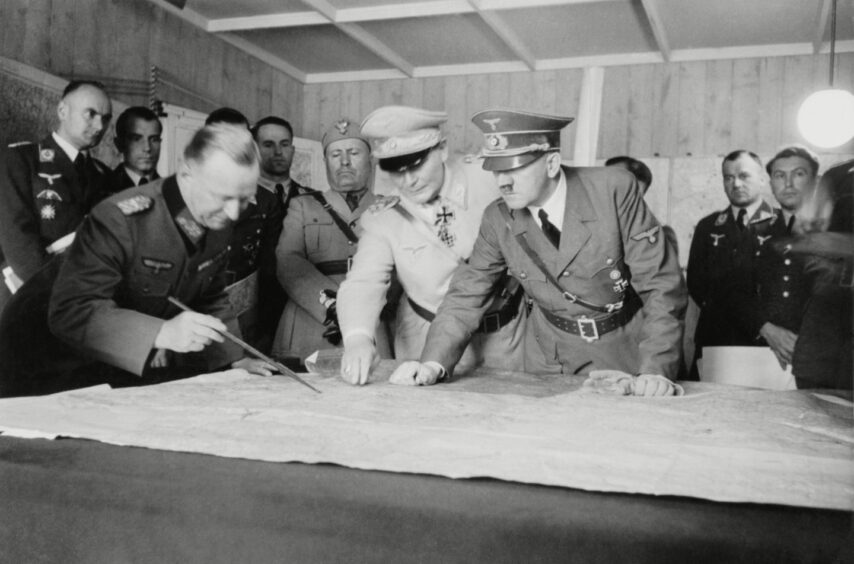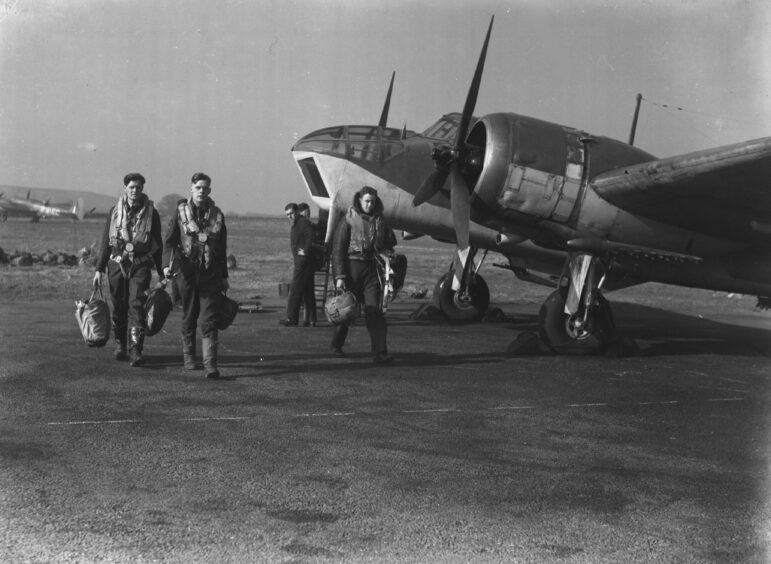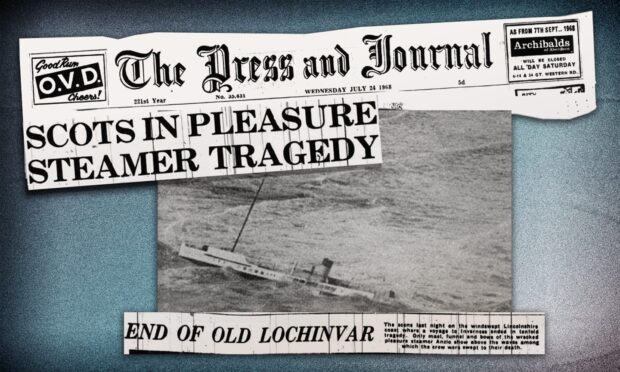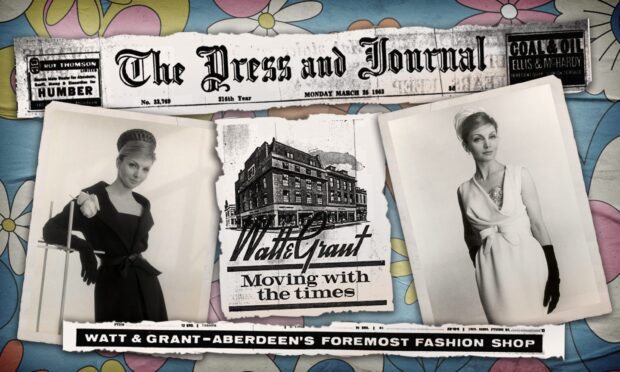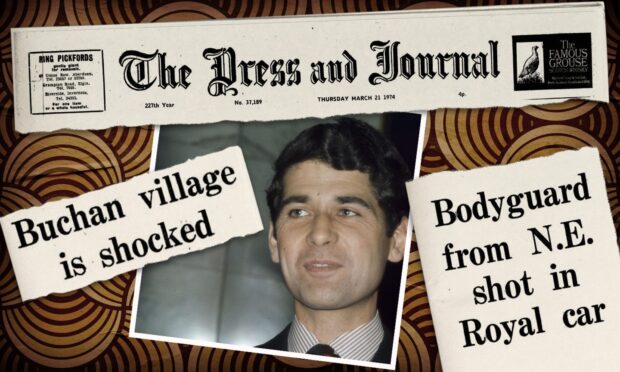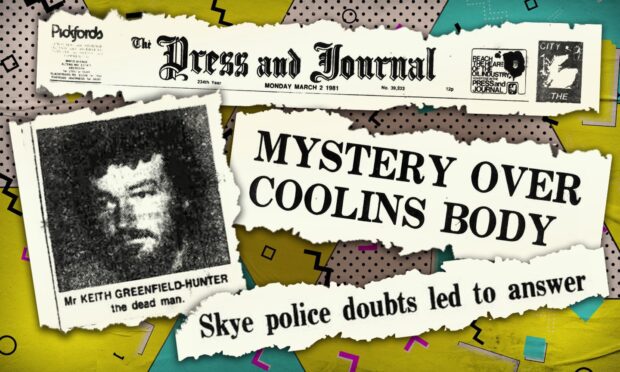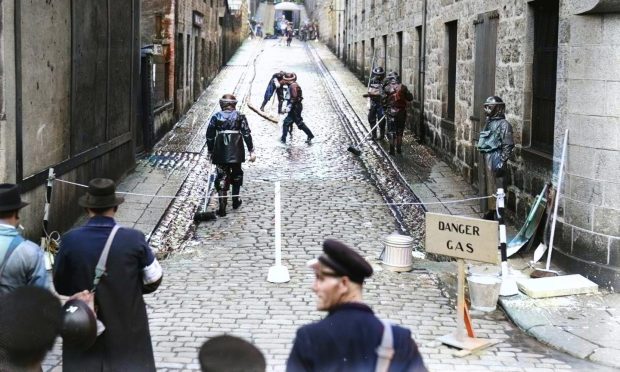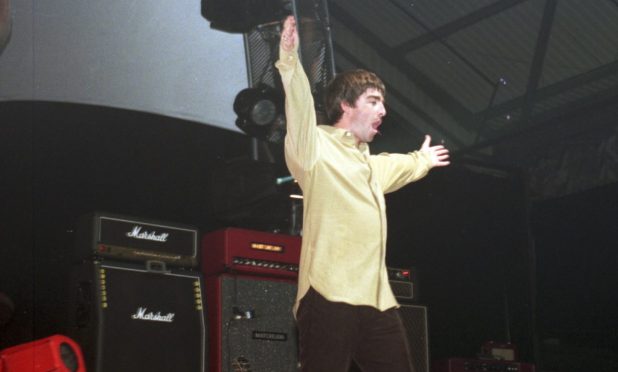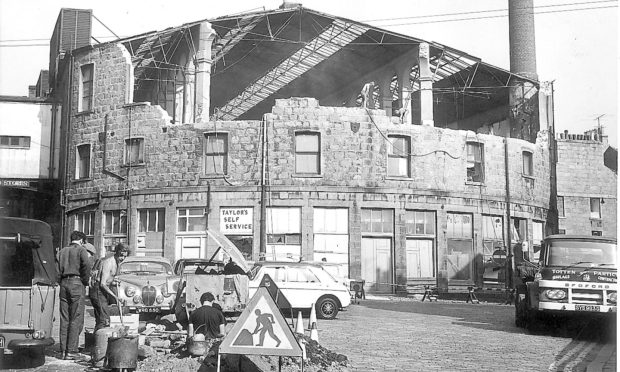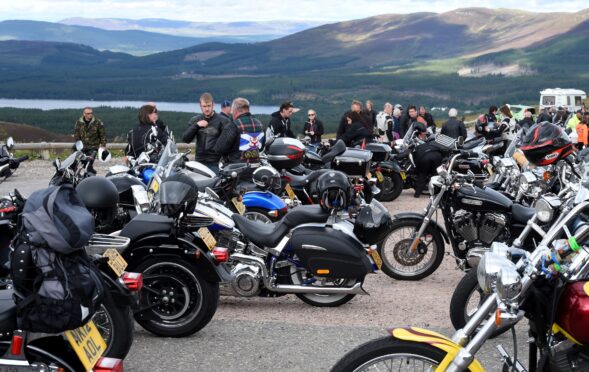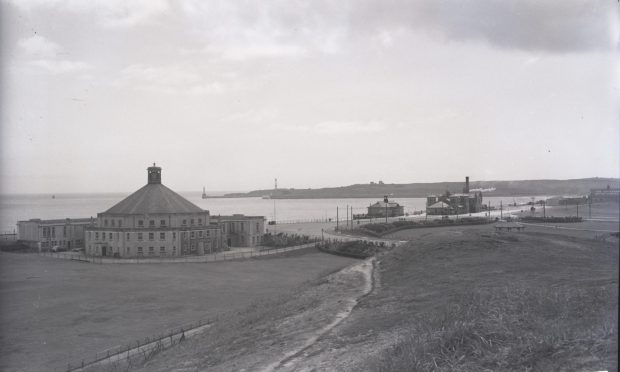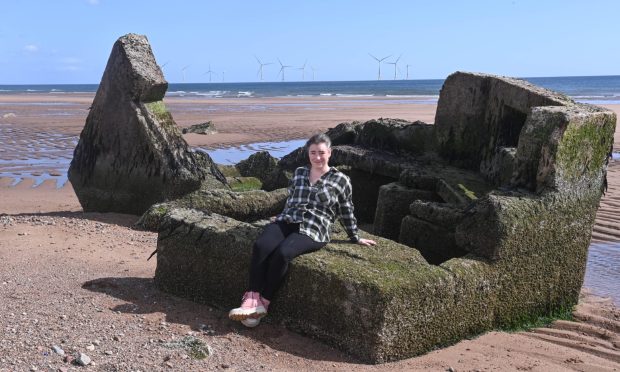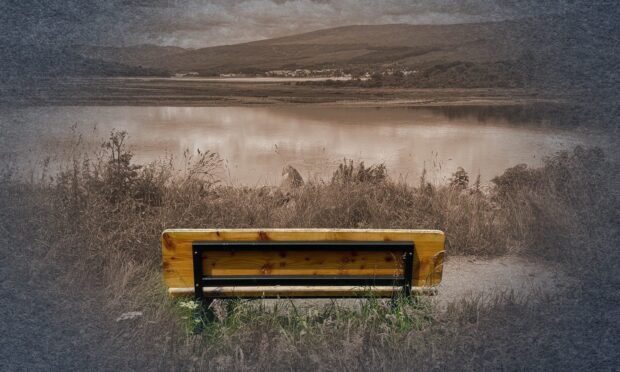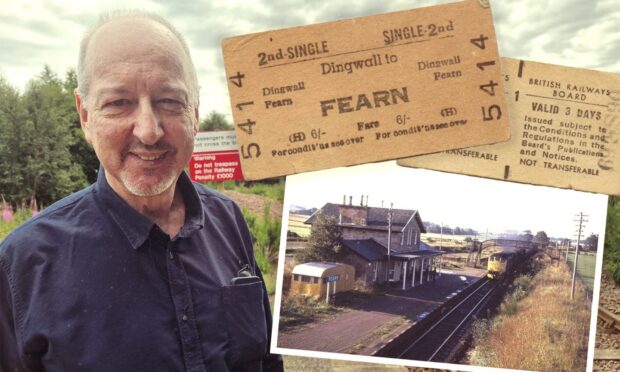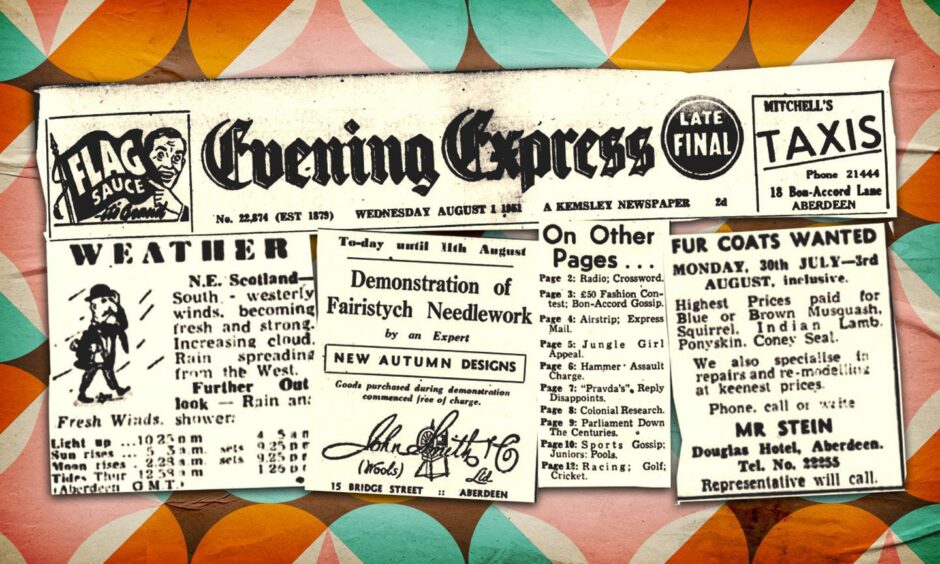
The shadow of World War Two still hung large over country in 1951, as can be seen in the Evening Express of August 1 that year.
The paper reported on a chilling vehicle being exhibited in Inverness, stating it would later be seen in Aberdeen.
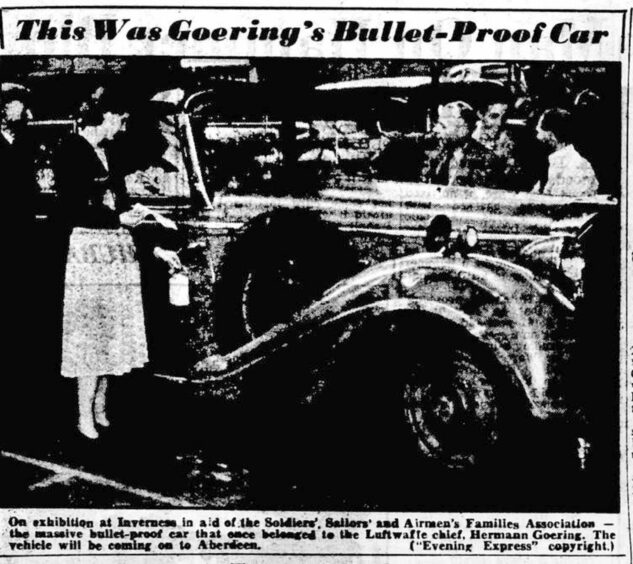
The huge bullet-proof car that once belonged to the notorious Nazi Luftwaffe chief, Hermann Goering was being shown in in aid of the Soldiers’ Sailors’ and Airmen’s Families Association.
It must have been quite a curiosity. Only five years earlier, Goering had been tried in Nuremberg, and found guilty of enormous war crimes.
The court’s judgement said: “He was the leading war aggressor, both as political and as military leader; he was the director of the slave labour programme and the creator of the oppressive programme against the Jews and other races, at home and abroad.
“All of these crimes he has frankly admitted…His guilt is unique in its enormity. The record discloses no excuses for this man.”
Training camp in Dyce
No 2612 Light AA Squadron at Dyce went on a summer training camp, and still on a war-time basis as this clip shows.
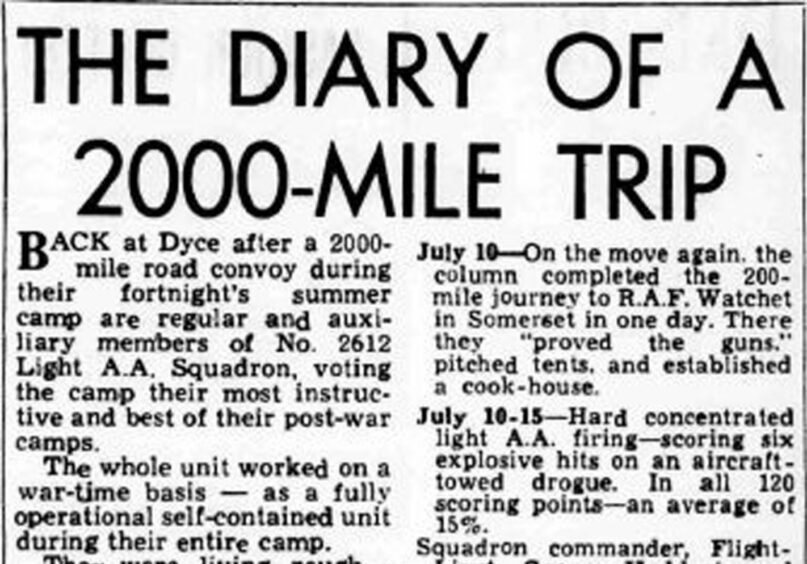
The squadron had just arrived back at base after a month on exercise, towing six Bofors guns, sleeping in tents by their guns, vehicles and motor cycles, ‘ready to move at a moment’s notice.’
They travelled as far as Bicester and Nottingham, defending airstrips and aerodromes from mock attacks.
It seems to have gone down well with the men, who voted it ‘the most instructive and best of their post-war camps’.
In charge was Flt Lt George Huddart who said: “Without a doubt our most interesting camp.”
Life was very different for the students of the age, too young to have done war service.

The EE ran a column entitled ‘Bon Accord Gossip’ by ‘The Rambler.’
Tame gossip compared to now, with some chat about how Marjorie Kemp from Alford, a 19 year old medical student at Aberdeen University had been doing a spell at the National Union of Students’ camp in the Cambridgeshire fruit-growing country.
She earned a princely £4 a week, considered quite profitable —or should that be fruitful?— then for an unskilled worker.
Stimulating company in the fruit camp
Marjorie is there for the holiday, more than the money, declared The Rambler.
“There is no lack of stimulating company —economists, physiotherapists, mathematicians, law students and artists meet together in a kind of summer school for good conversation.
“With parties, dances and a bonfire sing-song every week, the students make the most of their working holiday.”
In light of the ‘currant’ picker shortage, perhaps this is something we should bring back.
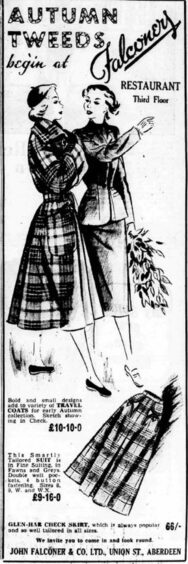
The shops already had an eye on the approaching autumn season.
Does anyone remember chic clothing store J Falconer & Co Ltd in Union Street Aberdeen?
£10/10 for a travel coat and £9/16 for a skirt. That’s more than £500 for a coat in today’s money, and almost £400 for a skirt.
In a time of post-war austerity you wonder who would have been able to afford such prices.
Britain’s Marilyn Monroe
And blonde bombshell Diana Dors, considered our homegrown Marilyn, was the pin-up of the day.

And shamelessly exploiting Dors’ charms in this advert was ‘Duncan—The Scots Word For Chocolate’.
This was W&M Duncan, the Edinburgh confectioners responsible for the Walnut Whip.
